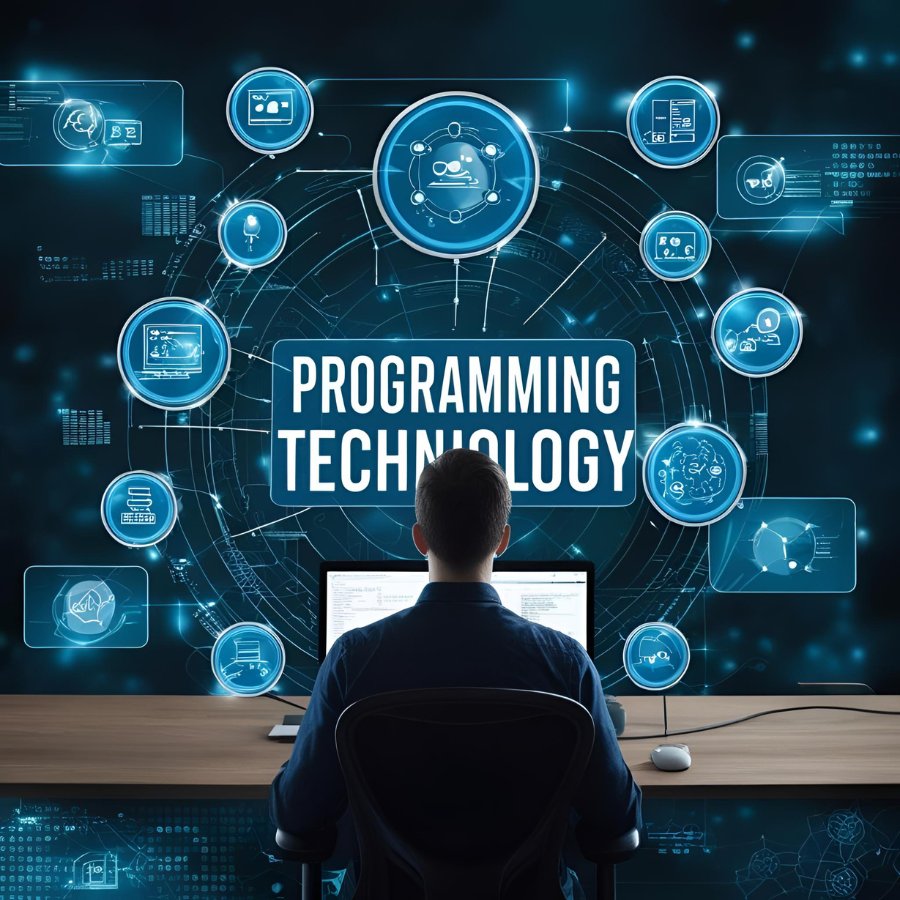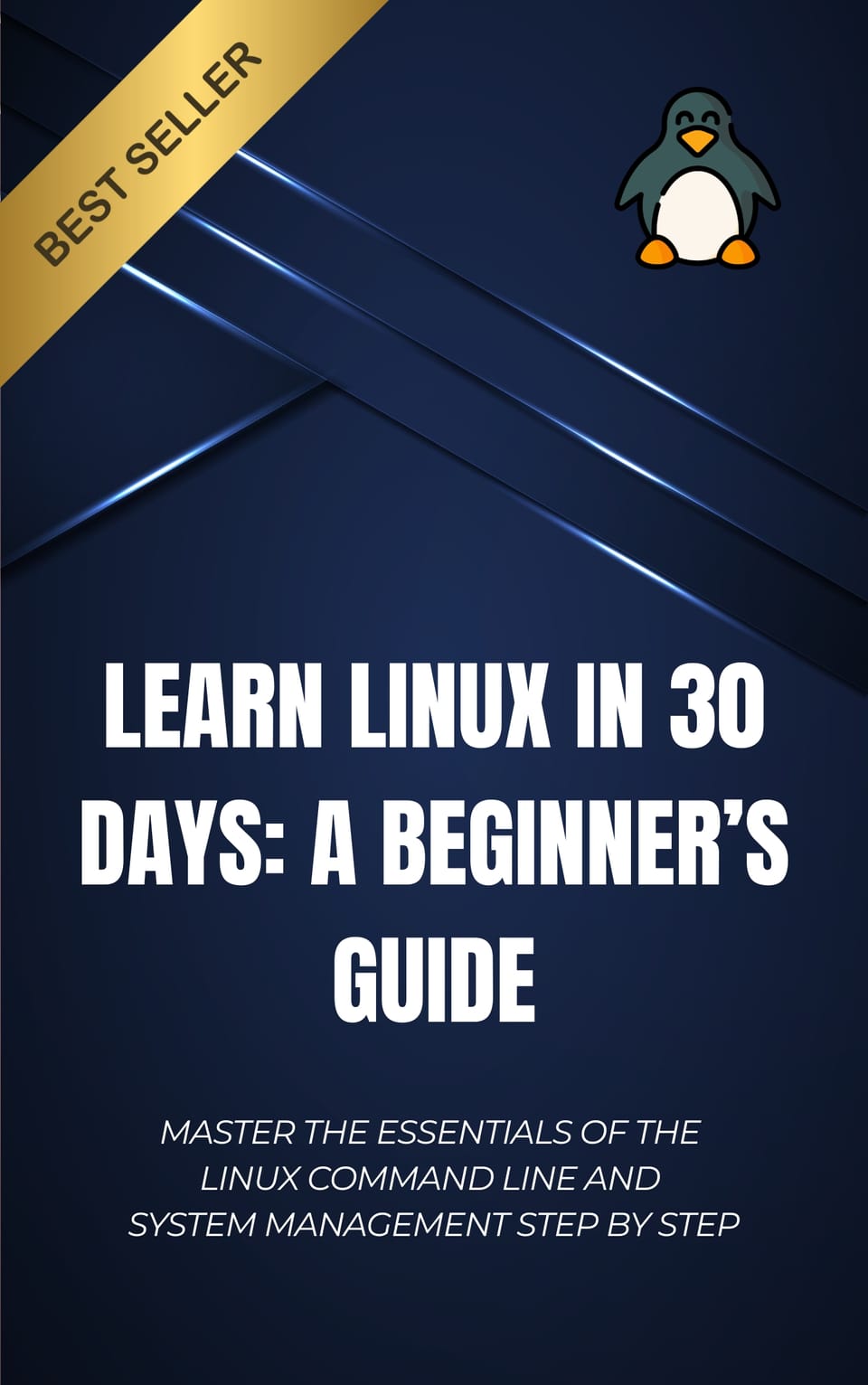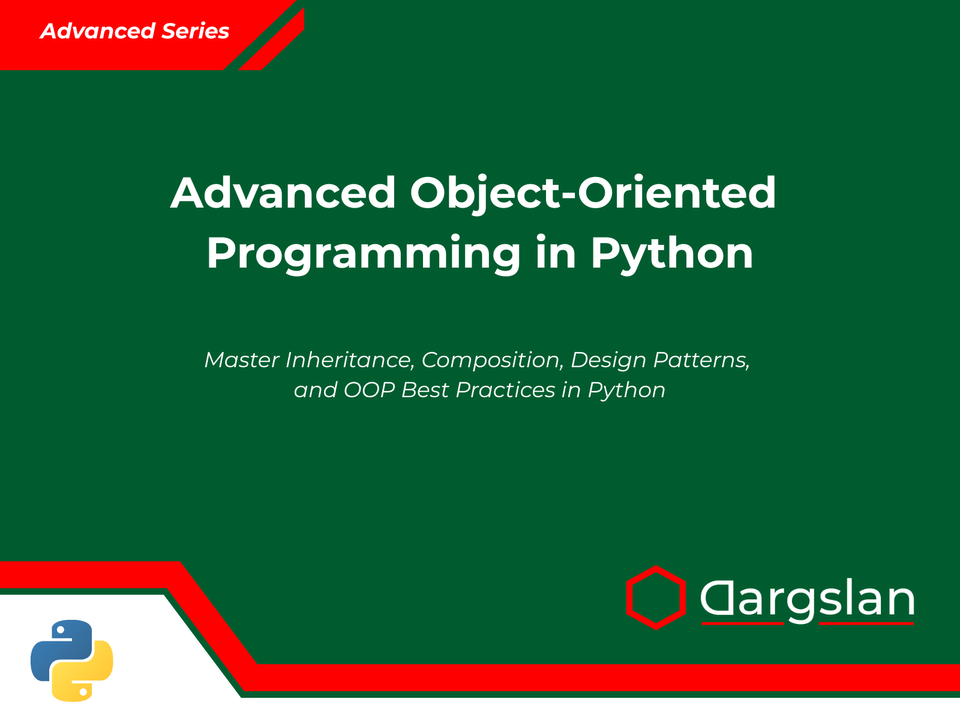Book Review: Python String Manipulation for Beginners
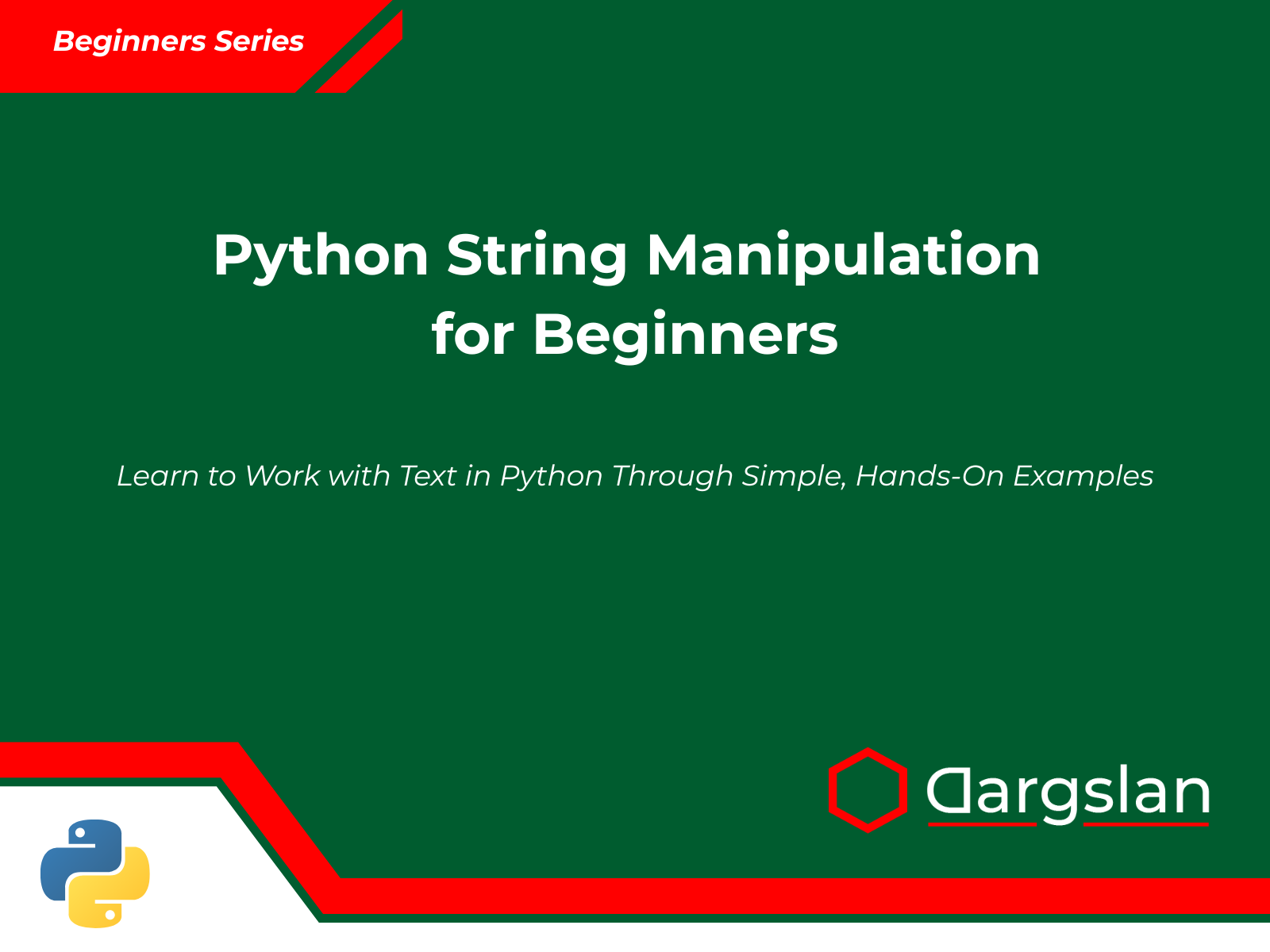
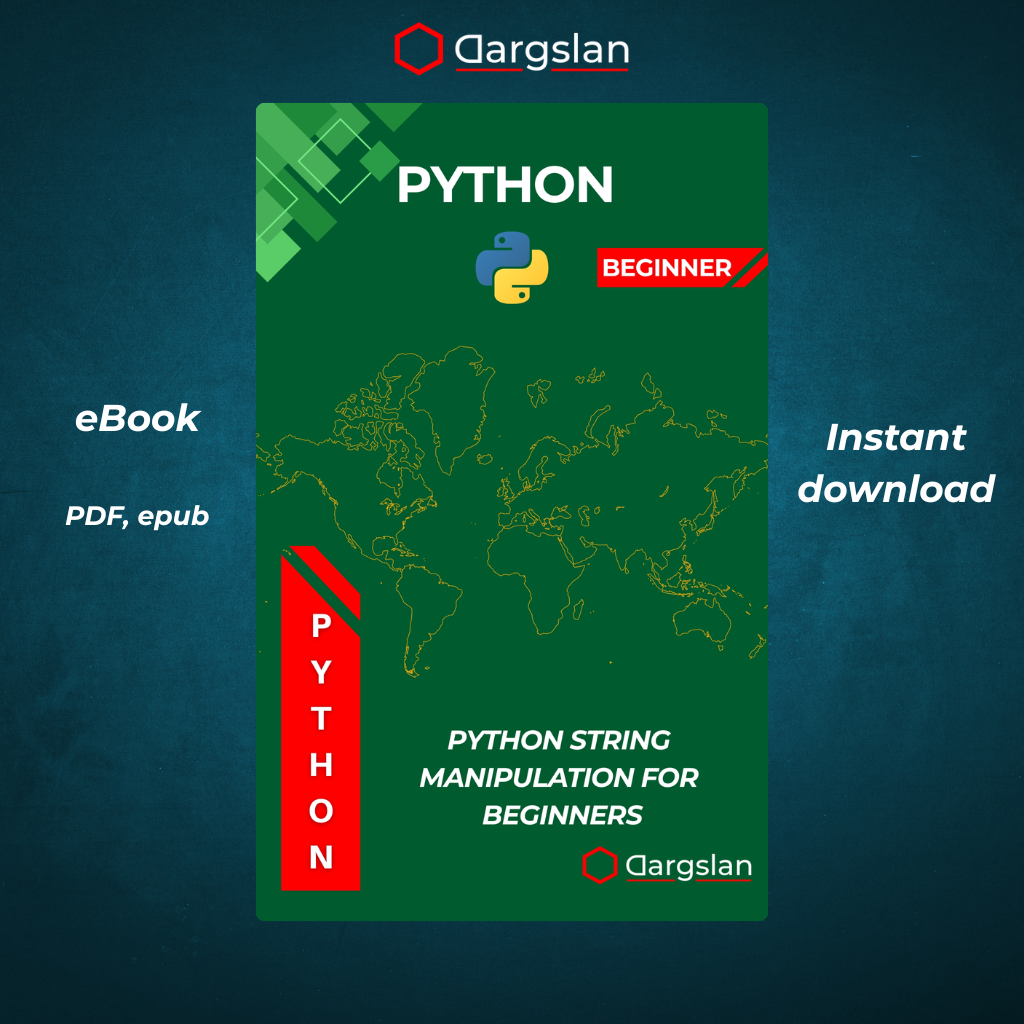
Python String Manipulation for Beginners
Learn to Work with Text in Python Through Simple, Hands-On Examples
Comprehensive Review: "Python String Manipulation for Beginners" - The Ultimate Guide to Text Processing in Python
Executive Summary
"Python String Manipulation for Beginners" is an essential resource for novice programmers looking to master one of Python's most fundamental data types. This well-structured guide takes readers from basic string concepts to advanced manipulation techniques through practical, hands-on examples. Author Dargslan has created an accessible learning path that emphasizes learning by doing, making it ideal for self-taught programmers and classroom settings alike. With nine carefully crafted chapters and four appendices, this book fills an important gap in Python educational resources by focusing exclusively on string manipulation—a critical skill for real-world programming applications.
Introduction: Why This Book Matters
In the vast landscape of Python programming resources, specialized guides that deeply explore fundamental concepts are surprisingly rare. "Python String Manipulation for Beginners" addresses this gap by focusing exclusively on string operations—skills that form the backbone of numerous programming applications from web development to data analysis.
Text processing is unavoidable in modern programming. Whether extracting information from websites, cleaning data sets, building user interfaces, or developing natural language processing applications, strong string manipulation skills are essential. This book recognizes that mastery of strings provides a foundation upon which many other programming skills can be built.
Target Audience Analysis
The book positions itself perfectly for:
- Complete programming beginners who need clear explanations and practical examples
- Computer science students seeking to strengthen their Python fundamentals
- Self-taught programmers looking to fill knowledge gaps in string processing
- Experienced programmers from other languages transitioning to Python
- Data analysts and scientists who need to clean and transform text data efficiently
The approachable writing style makes complex concepts digestible without oversimplifying the technical content—a difficult balance that the author maintains throughout.
Content Structure and Progression
The book follows a logical learning progression through its nine chapters:
Chapter 1: Why Strings Matter in Python
The opening chapter establishes the importance of string manipulation in the Python ecosystem. Rather than rushing into syntax, the author wisely spends time contextualizing strings within the larger programming landscape. This foundation helps readers understand not just how to manipulate strings, but why these skills matter.
Chapters 2-3: Building Fundamental Knowledge
These chapters cover basic string operations, indexing, and slicing—the foundational techniques upon which all string manipulation is built. By focusing on these core concepts before introducing methods and functions, the book ensures readers develop a deep understanding of string behavior in Python.
Chapters 4-6: Expanding the Toolkit
The middle chapters explore Python's rich library of string methods, modern formatting techniques including f-strings, and various approaches to searching within text. The progression feels natural, with each new concept building upon previously introduced skills.
Chapters 7-8: Integration with Other Concepts
These chapters bridge string manipulation with other Python fundamentals, exploring how strings interact with collections like lists and how to combine string operations with control structures like loops and conditional statements. This integration helps readers see how string skills fit into larger programming tasks.
Chapter 9: Practical Application
The final chapter brings everything together through mini-projects that simulate real-world programming challenges. This crucial section helps readers transition from isolated exercises to authentic coding scenarios where multiple concepts must be combined to solve problems.
Supplementary Materials
The four appendices provide exceptional value, particularly the string method cheat sheet and common error solutions. The 20 practice exercises with solutions offer additional opportunities to reinforce learning—an essential component often missing from programming books.
Pedagogical Approach
The book's strength lies in its teaching methodology. Each concept follows a clear pattern:
- Conceptual explanation that provides theoretical understanding
- Code examples that demonstrate practical implementation
- Step-by-step breakdowns that explain why the code works
- Practical exercises that encourage active learning
This consistent structure helps readers build confidence gradually. The author's emphasis on "learning by doing" acknowledges that programming is a skill acquired through practice rather than passive reading.
Technical Accuracy and Code Quality
The Python code examples appear to follow best practices with proper naming conventions, consistent formatting, and appropriate comments. Examples appear designed to work with Python 3.x, avoiding deprecated approaches from earlier Python versions—an important consideration as Python 2 is now officially unsupported.
Design and Accessibility
While content is king for programming books, the clear organization with well-delineated sections makes the material accessible even to those with no prior programming experience. The table of contents reveals a thoughtful chapter structure that progresses logically from simple to complex concepts.
Comparative Analysis
Unlike general Python introductions that briefly cover strings among many other topics, this book's dedicated focus allows for deeper exploration of text manipulation. Compared to comprehensive references like "Python Cookbook" or "Fluent Python," this book offers a more guided learning experience specifically tailored to beginners.
Several features distinguish this book from competitors:
- Exclusive focus on strings rather than diluting attention across multiple data types
- Progressive skill building that follows a logical learning sequence
- Practical mini-projects that simulate real-world applications
- Emphasis on modern Python techniques like f-strings over older approaches
- Comprehensive troubleshooting guidance in the appendices
Key Strengths
1. Practical Relevance
The book consistently connects abstract string concepts to their practical applications. This approach helps readers understand why they're learning specific techniques and how these skills translate to actual programming tasks.
2. Comprehensive Coverage
From basic string creation to advanced formatting and manipulation, the book leaves no significant string-related topic unexplored. The inclusion of f-strings (introduced in Python 3.6) demonstrates the book's commitment to teaching modern Python approaches.
3. Troubleshooting Focus
The appendix on common string errors addresses a crucial aspect of learning programming: understanding and fixing mistakes. By anticipating typical beginner errors, the book reduces the frustration that often accompanies learning to code.
4. Scaffolded Learning
Each new concept builds upon previously established knowledge, creating a scaffolded learning experience where readers continuously apply and extend their skills.
Areas for Improvement
While the book appears comprehensive, potential enhancements could include:
- More coverage of performance considerations when working with strings
- Additional discussion of Unicode and internationalization challenges
- More examples involving real-world data sources like APIs or web scraping
- A companion website with interactive exercises to reinforce learning
Real-World Applications Highlighted
The book effectively demonstrates how string manipulation applies to various domains:
- Web development: Parsing and generating HTML/CSS/JavaScript
- Data analysis: Cleaning and transforming text data
- File operations: Reading, writing, and processing text files
- User interface creation: Formatting output for human readability
- Natural language processing: Basic text analysis techniques
Who Should Read This Book
This book is particularly valuable for:
- Complete beginners starting their programming journey who need clear, focused guidance
- Computer science students seeking to strengthen their fundamental Python skills
- Self-taught programmers looking to fill gaps in their understanding of string processing
- Data scientists and analysts who regularly work with text data
- Teachers and trainers looking for a structured approach to teaching Python fundamentals
Impact on Programming Skills
Mastering the content in this book would significantly enhance a programmer's capabilities in:
- Data cleaning and transformation
- Input validation and processing
- Text parsing and analysis
- File handling and manipulation
- Output formatting and presentation
These skills transfer well beyond Python, establishing patterns of thinking about text processing that apply across programming languages.
Conclusion: Final Assessment
"Python String Manipulation for Beginners" succeeds in its mission to provide a comprehensive yet accessible introduction to string processing in Python. By focusing exclusively on this fundamental data type, the book offers depth often missing from broader Python introductions.
The pedagogical approach strikes an effective balance between theory and practice, ensuring readers not only understand string concepts but can apply them to solve real-world problems. The progressive structure, practical examples, and supplementary materials create a complete learning package.
For anyone serious about building a solid foundation in Python programming, this book represents an invaluable resource that will continue to serve as a reference long after the initial reading. Its focused approach fills an important niche in the Python educational landscape, making it a recommended addition to any programming learner's library.
Key Takeaways
- Specialized focus on string manipulation provides depth often missing from general Python books
- Progressive learning path moves logically from fundamentals to advanced techniques
- Practical, hands-on approach emphasizes active learning through examples and exercises
- Comprehensive coverage includes both basic concepts and modern Python features
- Real-world applications connect theory to practical programming scenarios
- Supplementary materials extend learning beyond the core chapters
Whether you're starting your programming journey or looking to strengthen specific Python skills, "Python String Manipulation for Beginners" offers a structured, accessible path to mastering one of programming's most essential tasks: working effectively with text.
About the Author
Dargslan brings a clear teaching methodology to this book, crafting explanations that resonate with beginners while including enough depth to satisfy more experienced programmers looking to fill knowledge gaps. The author's approach suggests considerable experience in both Python programming and educational content development.
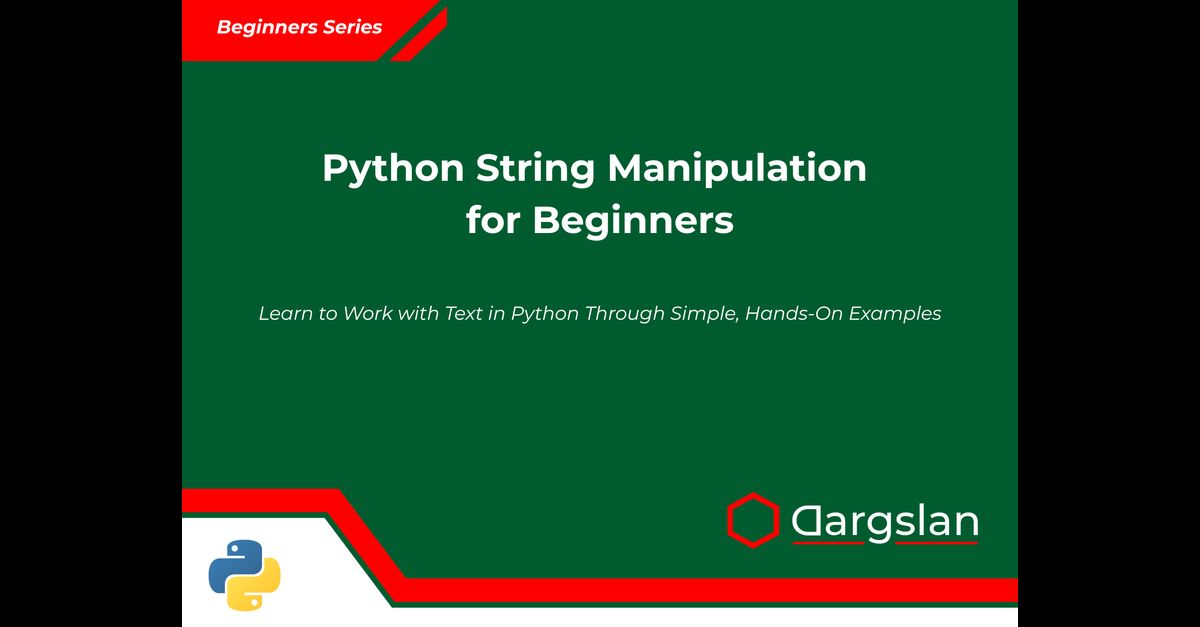
Python String Manipulation for Beginners



